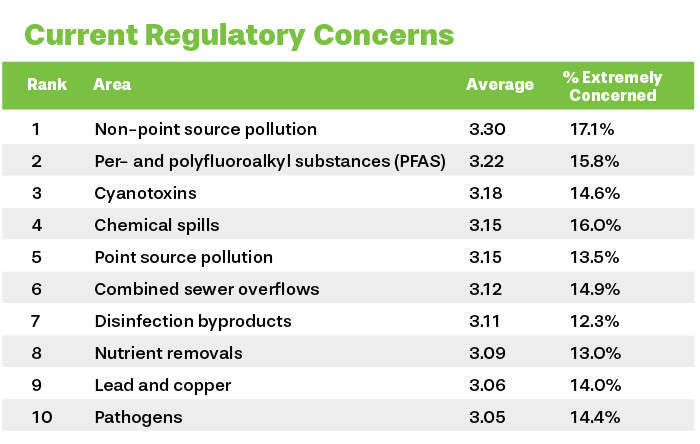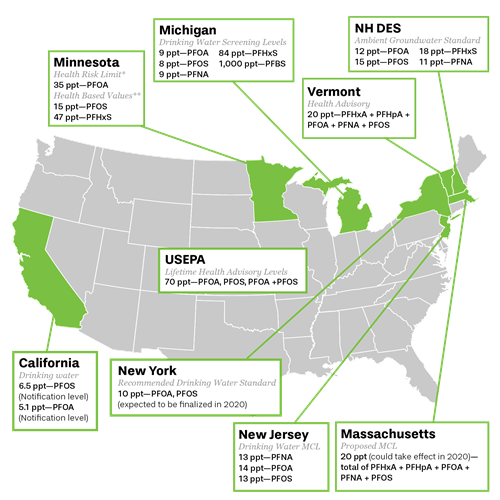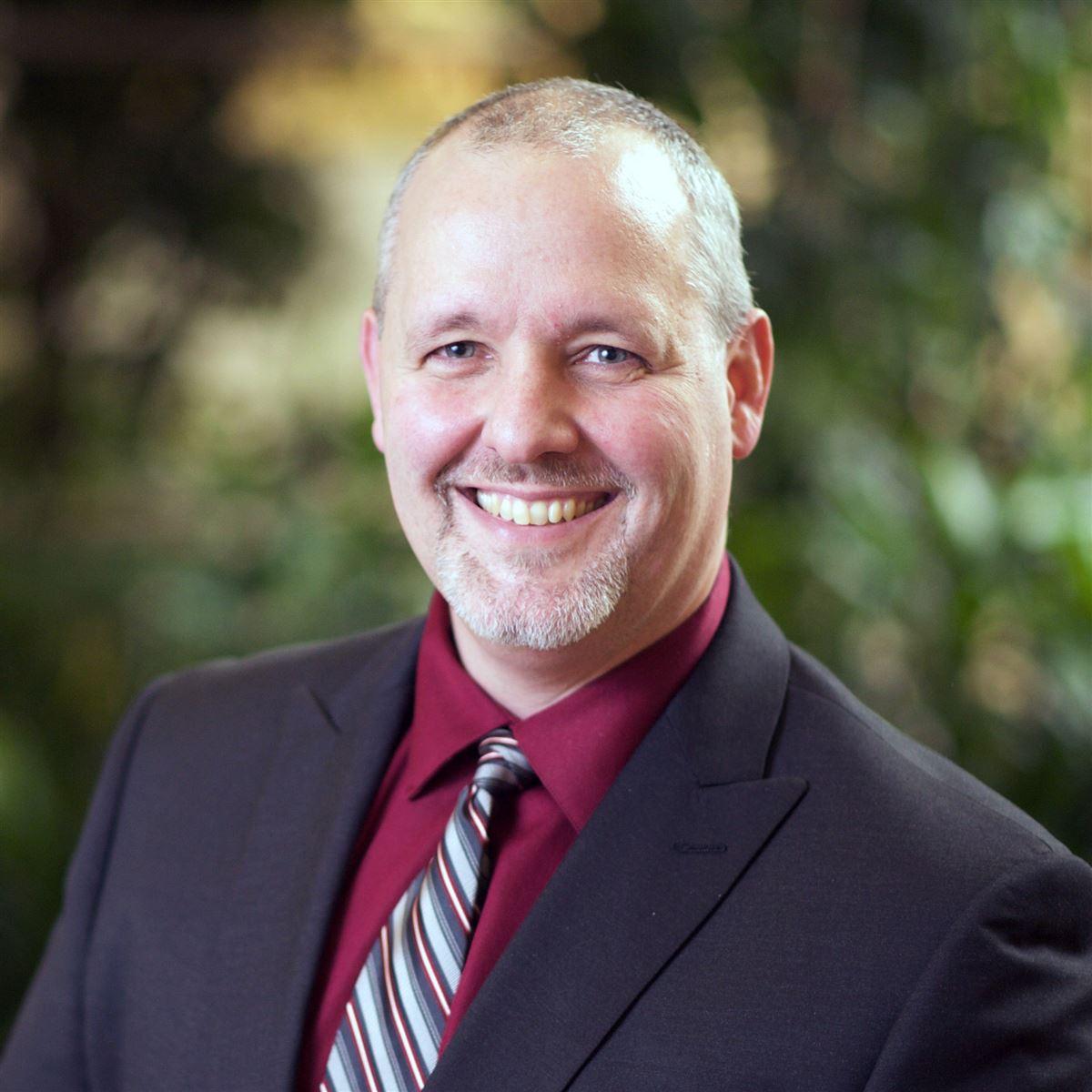AWWA Leaders on PFAS Regulation

As we reported in an earlier issue of Breaking Down PFAS, the list of U.S. states regulating exposure to per- and polyfluorinated substances (PFAS) continues to grow. With the federal government poised to announce follow-up guidance to its PFAS Action Plan by the end of the year, the American Water Works Association (AWWA) developed a briefing document to help general audiences understand this high-profile group of potentially toxic compounds. The brief is a follow-up to the association’s testimony earlier this year in front of Congress, where AWWA affirmed a commitment to monitoring “the data on PFAS compounds wherever it may go in the investigative process so that we may know how to best protect public health.”
AWWA represents the largest collective of water suppliers in the world. Members of AWWA’s leadership recently sat down with CDM Smith to talk PFAS and the implications for water utilities, state and local governing bodies, and all other stakeholders.
Steve Via is the Director of Federal Relations at AWWA working with AWWA’s volunteer community to evaluate and respond to regulatory matters. Chris Moody is the regulatory technical manager at AWWA’s government affairs office and tracks a portfolio of technical issues related to the water sector. Greg Kail is AWWA’s director of communications and manages the association’s external communications to members, media, consumers and utilities.
PFAS a Leading Concern for Water Professionals

In the past decade we’ve seen giant leaps in how we understand this group of emerging contaminants, but it’s still relatively new scientific territory. When it comes to taking action on PFAS, what do we still need to improve upon?
Steve Via: Historically, we really haven’t set the framework for people to understand when something is hazardous to our water supply, how you think about the hazard, and then how you move forward into risk mitigation. Communicating the risks associated with PFAS is difficult, and there are many entities attempting to characterize those risks.
Greg Kail: I think over the past couple decades in particular, the idea that detecting a substance in water at any level implies a human health risk has become a communications challenge for utilities and scientists. People are going to be concerned when they hear an unfamiliar chemical is in the water, even if they don’t have information about the human health impacts.
What has exacerbated the challenge is the changing communication landscape. So many voices are influencing people’s opinions, and it’s harder for scientists to simply say, “These are the answers and we know best.” So, it becomes a matter of utilities helping people understand what is known and unknown about emerging issues, and that they’re taking all the steps possible to address potential risks.
Chris Moody: There also remains significant uncertainty about treatment. For example, there is limited knowledge on PFAS treatment in drinking water and the safe management of waste streams produced by treatment. This knowledge gap, an uncertain regulatory future, and other water quality challenges has limited utilities’ ability to take action.
Water professionals need to work before a crisis emerges to earn the trust of the people, and typically the trust is won and lost locally.
So, in this modern communication landscape, how do we most effectively talk about something like complex water chemistry?
Steve Via: Folks don’t really know how to sort through the facts that are presented to them to identify where there are opportunities to really make a big difference. One study may get a lot of exposure, but in reality, it might not contribute significantly to the weight of evidence supporting a risk management decision. In terms of action, we do know that there are very real opportunities to invest in our water utilities, both in our existing infrastructure and in the people who both keep that infrastructure working but also look ahead for good long-term decisions.
Greg Kail: There are many voices and no borders when it comes to information-sharing in the digital age. It’s increasingly difficult for consumers to make sense of it all. When people are presented with conflicting studies, they really have a difficult time picking through them. Whether we’re talking parts per million or parts per billion, people don’t have a common framework of what constitutes safe water.
What we’ve seen and heard from AWWA members is that it has really become an issue of who you trust, and that trust is usually earned locally through consistent public outreach and excellent service.
Chris Moody: Water professionals must be more willing to have uncomfortable conversations about water if communities are going to trust us. Engaging in these conversations actively will instill more trust in the water community.
How do you explain why some areas of the country are taking more proactive measures to address PFAS contamination than others?
Steve Via: The communities that really stepped forward either to remove water sources from service or to install treatment to remove PFAS tend to be places where there were point sources that resulted in high concentrations.
Chris Moody: The local stakeholders play a big part as well. There are a lot of utilities that have tried to step forward ahead of the issue to be more proactive to make sure they’re maintaining consumer confidence.
What are the biggest legislative priorities for AWWA on the issue of PFAS right now?
Steve Via: We’re making decisions in an information-starved environment, so we need Congress to support research so that we can better characterize the risk posed by PFAS, avoid future contamination and develop tools to manage where contamination has researched levels that pose a risk to human health or the environment. That means we need to fund research at fairly high levels if we want rapid action.
Greg Kail: We never want to imply that cost comes before public health protection. It does not. At the same time, we need to understand what the risks are so that we can know that we’re applying our community dollars in a way that best protects the public.
For those still on the sidelines, what can they do to be more involved in the understanding and treatment of PFAS?
Greg Kail: Don’t hesitate to reach out to our government affairs office. A lot of our work is simply to help people make informed decisions, and that’s what we do when we create these technical resources for utilities and also for policymakers.









